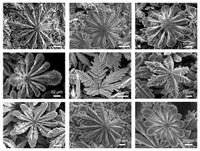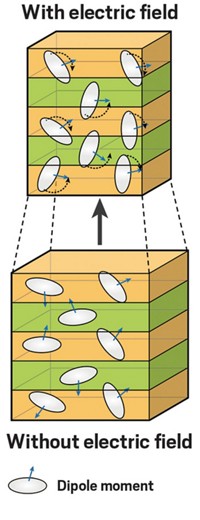Advertisement
Grab your lab coat. Let's get started
Welcome!
Welcome!
Create an account below to get 6 C&EN articles per month, receive newsletters and more - all free.
It seems this is your first time logging in online. Please enter the following information to continue.
As an ACS member you automatically get access to this site. All we need is few more details to create your reading experience.
Not you? Sign in with a different account.
Not you? Sign in with a different account.
ERROR 1
ERROR 1
ERROR 2
ERROR 2
ERROR 2
ERROR 2
ERROR 2
Password and Confirm password must match.
If you have an ACS member number, please enter it here so we can link this account to your membership. (optional)
ERROR 2
ACS values your privacy. By submitting your information, you are gaining access to C&EN and subscribing to our weekly newsletter. We use the information you provide to make your reading experience better, and we will never sell your data to third party members.
Materials
Nanoscale Piezoelectric Quartz
New synthetic techniques produce thin films of quartz on silicon
by Elizabeth K. Wilson
May 22, 2013
| A version of this story appeared in
Volume 91, Issue 20
Quartz (SiO2) is the second most abundant mineral on Earth. Its ability to generate voltage in response to mechanical stress, known as the piezoelectric effect, also makes it one of the most useful minerals. It’s a crucial component in clocks and microprocessors, for example. Chemists, however, have had little success in miniaturizing the piezoelectric properties of quartz at the nanoscale. Now, Clemént Sanchez and Ádrian Carretero-Genevrier of the University of Pierre & Marie Curie, in Paris, and their colleagues report new synthetic methods for growing quartz crystals on silicon that produce thin films with piezoelectric properties (Science 2013, DOI: 10.1126/science.1232968). Such small-scale piezoelectric materials may be used to develop resonators or as elements of terahertz optics, the researchers say. The group’s synthesis involved the use of strontium or barium catalysts mixed with amphiphilic molecular templates, which allowed the crystallization of epitaxial quartz films while preserving porous structures.




Join the conversation
Contact the reporter
Submit a Letter to the Editor for publication
Engage with us on Twitter